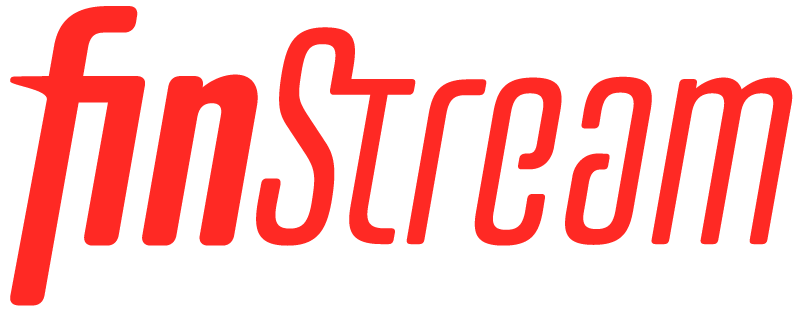403b
403b: A 403b is a type of retirement savings plan available to employees of certain tax-exempt organizations, such as public schools, colleges, universities, hospitals, and nonprofit organizations. It is similar to a 401(k) plan but is specifically designed for employees of these tax-exempt entities.
Here are the key features of a 403(b) plan:
- Employer-sponsored: A 403b plan is established and sponsored by a tax-exempt organization for the benefit of its employees. It allows employees to contribute a portion of their salary on a pre-tax basis towards their retirement savings.
- Pre-tax contributions: Just like with a 401(k) plan, contributions to a 403(b) plan are made on a pre-tax basis. This means that the amount you contribute is deducted from your taxable income, reducing your current taxable income and allowing you to defer taxes on your contributions and any investment gains until you withdraw the funds in retirement.
- Employer contributions: Some employers may offer employer contributions to a 403(b) plan, similar to the matching contributions in a 401(k) plan. However, employer contributions to a 403(b) plan are typically in the form of “non-elective” contributions or “matching” contributions, and the rules may vary.
- Employee contributions: Employees can contribute a percentage of their salary, up to a certain annual limit determined by the Internal Revenue Service (IRS). The contribution limits for 403(b) plans are generally the same as those for 401(k) plans. For 2021, the maximum contribution limit is $19,500 for individuals under the age of 50, with an additional catch-up contribution of up to $6,500 for those aged 50 and above.
- Investment options: Participants in a 403(b) plan have a range of investment options to choose from, such as mutual funds, annuities, and sometimes individual stocks. The specific investment options available may vary depending on the plan provider chosen by the employer.
- Withdrawals and taxes: Generally, funds in a 403(b) plan are intended for retirement, and withdrawals before the age of 59½ may be subject to an early withdrawal penalty of 10% in addition to regular income taxes. However, similar to 401(k) plans, there are exceptions such as financial hardship withdrawals or loans that may be allowed under specific circumstances.
It’s important to note that while 401(k) plans are offered by private sector employers, 403(b) plans are specifically available to employees of tax-exempt organizations. Both types of plans provide individuals with a tax-advantaged way to save for retirement, but the rules and regulations surrounding 403(b) plans may differ slightly from those of 401(k) plans. If you have access to a 403(b) plan, it’s advisable to review the specific details of your employer’s plan and consult with a financial advisor for guidance on maximizing your retirement savings.

